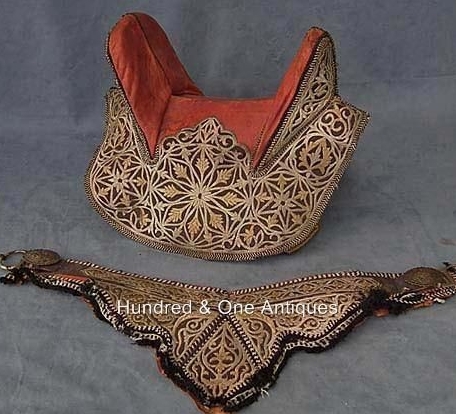Exploring Equestrian Roots: A Journey Through History and Culture
Introduction
The world of equestrianism is rich with history and deeply intertwined with human culture. Understanding the roots of this timeless practice not only enhances our appreciation of horseback riding but also connects us to centuries of tradition and innovation. Whether you’re a seasoned rider or a curious newcomer, delving into equestrian roots can enrich your experience in the saddle.
The Historical Significance of Horses
Horses have been companions to humans for thousands of years, fundamentally shaping societies and economies across the globe. From the nomadic tribes of the steppes to the grand cavalry of ancient civilizations, horses were essential for transportation, agriculture, and warfare. In many cultures, they symbolize power, freedom, and grace. This deep-seated relationship led to various riding styles and disciplines, influenced by local customs and practical needs. Exploring this history not only sheds light on our connection with these majestic animals but also helps modern riders appreciate the evolution of equestrian practices.
Riding Styles and Techniques Through the Ages
As civilizations advanced, so did the techniques and styles of riding. The range of riding disciplines—such as dressage, jumping, and Western riding—reflects the diverse ways humans have utilized horses. For instance, in classical dressage, riders develop a profound bond with their horses, focusing on harmony and precision, while Western riding often emphasizes speed and ranch work. Each style demonstrates unique training methods, equipment, and philosophies that have developed over time. By recognizing these differences, riders can choose the discipline that resonates with their goals and preferences.
Cultural Influences on Equestrian Practices
Different cultures have wildly varied relationships with horses, resulting in intriguing traditions and practices. For example, the Andalusian horses of Spain are renowned for their beauty and are integral to the region’s equestrian shows. Meanwhile, Mongolian riders continue to practice traditional horsemanship through their renowned festival, Naadam. These cultural elements not only showcase the beauty and skill involved in horseback riding but also highlight the importance of horses in shaping cultural identities. Engaging with these diverse equestrian traditions can inspire riders to explore new techniques and connect with a community that shares their passion.
Conclusion
Equestrian roots are a fascinating tapestry of history, culture, and personal connection to horses. By exploring these aspects, riders can gain a deeper appreciation for their craft and the elegant creatures that make it possible. Whether you’re interested in historical perspectives, different riding styles, or cultural influences, there’s always more to discover. So saddle up, and embark on your journey to learn more about the rich world of equestrianism!



